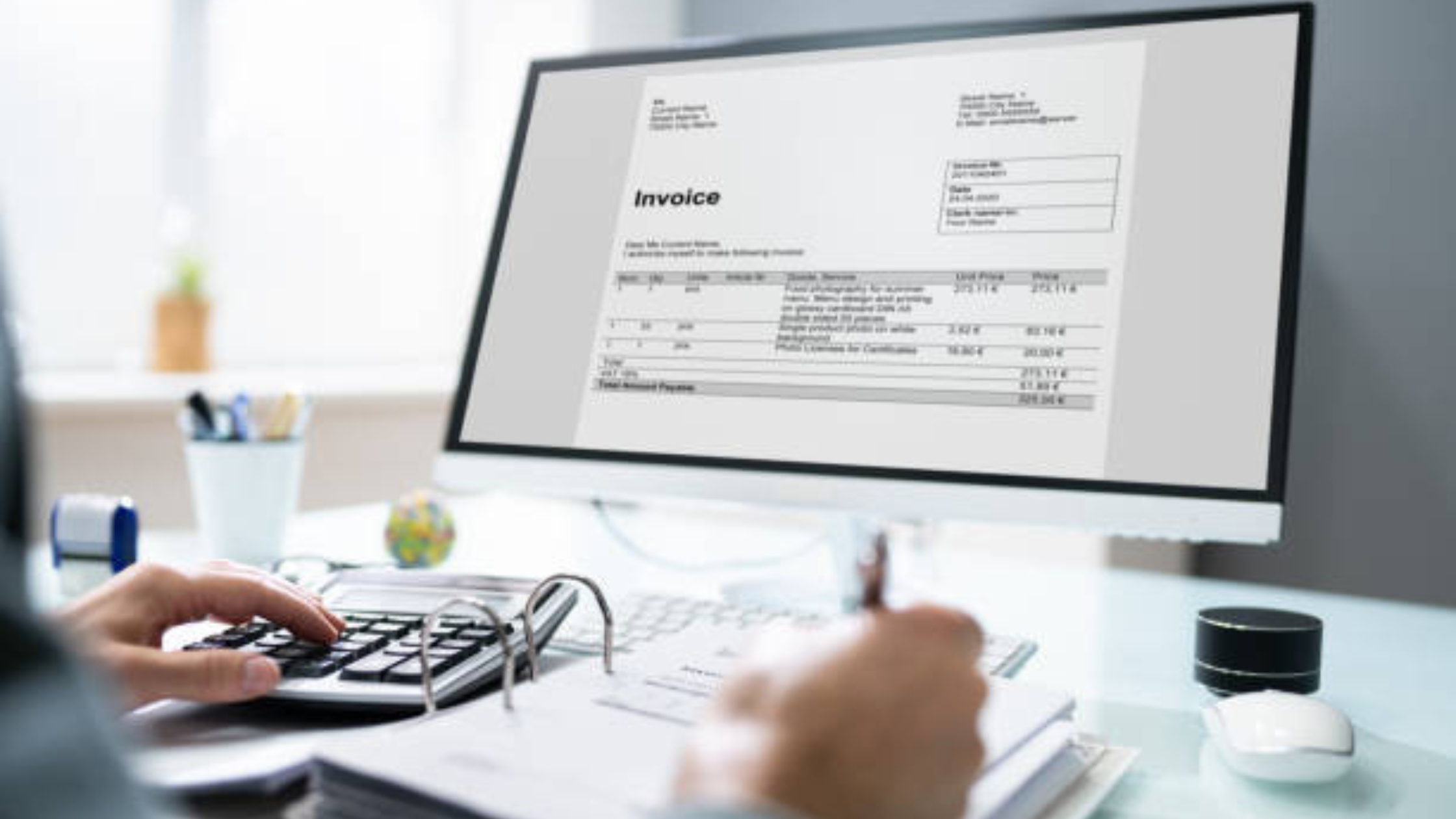Effortlessly Generate Medical Expense Receipts

Welcome to an innovative solution that simplifies the process of creating medical expense receipts. In the fast-paced world of healthcare, having a streamlined method for generating receipts is crucial. This tool is designed to help both medical professionals and patients quickly and effortlessly produce accurate documentation of medical expenses. By automating this task, errors are minimized, efficiency is maximized, and the overall experience is greatly improved. Say goodbye to the hassle of manual receipt creation and embrace this user-friendly system that takes the complexity out of managing medical expenses. With just a few clicks, users can access professionally formatted receipts that meet industry standards. Join us on this journey to revolutionize the way medical receipts are generated and experience the convenience of a modern, reliable solution at your fingertips.
Understanding Medical Expenses
Medical expenses are a critical aspect of our lives, influencing both our health and financial security. It is essential to acquire a comprehensive understanding of medical expenses to effectively manage healthcare costs. In this blog section, we will explore the nuances of different types of medical expenses and highlight commonly reimbursable expenses, providing you with valuable insights to navigate the complex realm of healthcare finances.
Exploring the Diverse Landscape of Medical Expenses
Out-of-Pocket Costs: These include expenses that individuals pay directly, such as copayments, deductibles, and coinsurance. Understanding these costs is crucial for budgeting and financial planning in healthcare.
Prescription Medications: The costs associated with prescription drugs can accumulate quickly. Understanding how insurance plans cover these expenses is key to cost-effective management of healthcare expenses.
Medical Procedures: From routine check-ups to major surgeries, medical procedures vary significantly in cost. Familiarizing yourself with the potential costs can aid in long-term financial planning and preparedness.
Unveiling Commonly Reimbursable Medical Expenses
Doctor Visits: Many health insurance policies offer partial coverage for doctor visits, whether for preventive care or treatment purposes. Being aware of the coverage details helps in anticipating medical expenses.
Diagnostic Tests: Expenses related to diagnostic tests like blood work, x-rays, and MRIs are typically reimbursable by insurance, although the extent of coverage may vary.
Hospitalization: Costs associated with inpatient stays, surgeries, and hospital services are commonly covered by health insurance, albeit with potential out-of-pocket expenses for the individual.
Further Insights to Enhance Your Understanding
Ancillary Services: Costs for services such as physical therapy, mental health counseling, and home healthcare are often reimbursable and form an integral part of comprehensive healthcare.
Telemedicine: The emergence of telemedicine has brought new dynamics to healthcare delivery. Understanding the coverage and costs of telemedicine services is increasingly important in today's digital healthcare landscape.
By gaining insights into the diverse world of medical expenses and recognizing commonly reimbursable costs, individuals can proactively plan for healthcare expenses and make informed decisions regarding their health needs. This knowledge empowers individuals to manage healthcare costs effectively while prioritizing their well-being and financial stability.
Optimizing Receipt Generation with Digital Tools
Businesses are increasingly turning to digital tools for generating receipts to streamline their operations and enhance customer satisfaction. When selecting a platform for receipt generation, businesses should prioritize features like:.
- Customizable templates for invoices
- Quick delivery
- Responsive customer support
- Various receipt formats
- Ability to generate receipts without logging in
These key features not only save time but also contribute to:.
- Improving efficiency
- Maintaining a professional appearance
- Managing finances effectively
- Ensuring tax compliance
- Enhancing cash flow
- Boosting customer satisfaction
- Promoting business growth
Platforms like the Bill Generator offer a comprehensive solution that caters to these needs, making it an ideal choice for businesses looking to optimize their receipt generation process.
One crucial aspect to consider when evaluating receipt generators is the ease of use. A user-friendly interface and simple navigation can significantly impact the user experience, especially for businesses with varying levels of technical expertise. Additionally, integration capabilities with other accounting software or financial tools can streamline overall financial management processes.
It's essential for businesses to choose a receipt generator that aligns with their specific requirements and integrates seamlessly into their existing workflows. Furthermore, data security is paramount when dealing with financial transactions and sensitive information. A reliable receipt generator should adhere to industry standards for data protection and ensure that all financial data is encrypted and stored securely. This not only safeguards sensitive information but also builds trust with customers regarding their privacy and security.
Moreover, automation features offered by advanced receipt generators can further enhance operational efficiency. Automated processes such as recurring billing, scheduled payments, and real-time tracking of receipts can reduce manual errors, save time, and provide a more streamlined financial workflow. By leveraging these automation capabilities, businesses can focus more on core activities and strategic decision-making, rather than getting bogged down by manual receipt generation tasks.
Overall, choosing the right tool for generating receipts is a strategic investment that can yield significant benefits in terms of time savings, financial management, customer satisfaction, and overall business growth. Businesses that utilize advanced receipt generators position themselves for success in an increasingly competitive market. These tools not only simplify the process of creating receipts but also offer valuable insights through data analytics.
By analyzing receipt data, businesses can gain a better understanding of their financial transactions, customer preferences, and revenue trends. This data-driven approach enables businesses to make informed decisions, identify opportunities for growth, and optimize their overall financial performance. Additionally, modern receipt generators often provide the flexibility to customize receipts with branding elements, company logos, and personalized messages, enhancing brand visibility and reinforcing brand identity with every transaction.
The ability to generate receipts on-the-go from any device empowers businesses to stay agile and responsive to customer needs, whether in a physical store, at an event, or during online transactions. Furthermore, cloud-based receipt generators offer the advantage of accessibility and data backup, ensuring that important financial records are securely stored and easily retrievable whenever needed. By embracing digital receipt generation tools, businesses can streamline their financial processes, improve customer interactions, and set the stage for sustainable growth and success in today's fast-paced business landscape.
Creating Customized Receipts
Personalizing Receipts for Specific Needs
Businesses have the opportunity to create personalized experiences for their customers in various ways. One such way is by customizing receipts to meet specific needs. Gone are the days of generic receipts that provide basic information. Now, businesses can tailor receipts to include relevant details that enhance the customer experience.
When personalizing receipts, businesses can consider adding the customer's name to create a more intimate connection. This simple touch can make the customer feel valued and appreciated. Additionally, including personalized messages or special offers based on the customer's purchase history can further enhance the receipt's impact.
Adding Required Information
While personalization is key, it is also essential to ensure that all necessary information is included on the receipt. Required information typically includes the date and time of the transaction, the items purchased, the total amount, and any applicable taxes or fees. By including this information, businesses can maintain transparency and provide customers with a clear record of their purchase.
Enhancing Brand Visibility
Customized receipts offer a valuable opportunity for businesses to enhance their brand visibility. By incorporating logos, brand colors, or slogans on receipts, businesses can reinforce brand identity with every transaction. This consistent visual representation helps in brand recall and strengthens brand loyalty among customers.
Encouraging Repeat Business
Personalized receipts can also serve as a subtle marketing tool to encourage repeat business. Including discount codes or promotions on receipts can incentivize customers to revisit the store or make additional purchases online. This strategy not only boosts sales but also fosters customer loyalty by rewarding repeat patronage.
Leveraging Customer Feedback
Incorporating QR codes or links to customer feedback surveys on receipts can provide a direct channel for customers to share their opinions. This valuable feedback can help businesses understand customer preferences, identify areas for improvement, and tailor their services to meet evolving needs. By actively seeking and acting upon customer feedback, businesses can demonstrate their commitment to customer satisfaction.
Creating customized receipts allows businesses to go beyond the standard transaction and build stronger relationships with their customers. By personalizing receipts for specific needs, ensuring all required information is included, enhancing brand visibility, encouraging repeat business, and leveraging customer feedback, businesses can elevate the overall customer experience and differentiate themselves in a competitive market.
Best Practices for Managing Medical Receipts
Organizing Receipts for Easy Access
One of the best practices for managing medical receipts is to organize them for easy access. This can be done by creating a dedicated folder or digital file where all receipts are stored chronologically or by category. By keeping receipts organized, it becomes much simpler to locate a specific receipt when needed for insurance claims, reimbursements, or tax purposes.
Maintaining Records for Tax Purposes
Another important practice is to maintain medical receipts for tax purposes. Medical expenses can be tax-deductible under certain circumstances, so it is crucial to keep accurate records of all healthcare-related expenses. This includes not only receipts for treatments and medications but also for any travel costs related to medical appointments. Keeping detailed records can help ensure that you are able to take full advantage of any potential tax deductions related to medical expenses.
Utilizing Technology for Receipt Management
Utilizing technology can greatly aid in managing medical receipts efficiently. There are various apps and software available that can help in digitizing and organizing receipts. These tools often provide features like scanning receipts, categorizing expenses, and generating reports. By leveraging technology, individuals can streamline the receipt management process and reduce the chances of losing or misplacing important documents.
Regular Review and Backup of Receipts
It's essential to regularly review and update your receipt records. This practice ensures that all receipts are accounted for and that any discrepancies or missing documents are identified promptly. Additionally, creating backups of digital receipts is recommended to prevent data loss due to technical issues or device malfunctions. Storing backups in secure cloud storage or external drives can provide an extra layer of protection for important receipt records.
Consulting with Financial Advisors
For individuals with complex medical expenses or unique tax situations, consulting with financial advisors or tax professionals can provide valuable insights. These professionals can offer guidance on optimizing tax deductions related to medical expenses, ensuring compliance with tax laws, and developing personalized strategies for managing healthcare expenditures. Seeking expert advice can help individuals make informed decisions regarding their financial and tax planning, ultimately maximizing potential savings and benefits.
By incorporating these best practices into your medical receipt management routine, you can enhance organization, efficiency, and compliance with tax regulations. Taking proactive steps to manage your receipts effectively can lead to financial benefits and peace of mind when navigating healthcare expenses and tax responsibilities.
Conclusion
The ease and efficiency of generating medical expense receipts through automated systems not only simplifies record-keeping for individuals, but also streamlines the reimbursement process with insurance providers. By utilizing technology to accurately document medical expenses, individuals can save time, reduce errors, and ensure a smoother financial reimbursement experience. Embracing digital solutions for generating medical receipts is a practical step towards managing healthcare costs effectively and maintaining organized health records.







